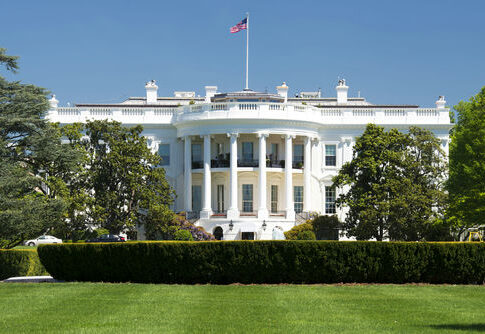President Trump’s $300 million State Ballroom project represents the most radical transformation of the White House in American history, completely demolishing the century-old East Wing instead of preserving it like every previous administration.
Breaking Century-Old Preservation Tradition
Trump’s East Wing demolition marks the first time any president has completely destroyed a historic section of the White House rather than preserving it. Previous renovations, including Truman’s extensive 1948-1952 overhaul, focused on restoration and structural integrity while maintaining the building’s historical character. The East Wing, constructed during Theodore Roosevelt’s presidency in 1902, housed the First Lady’s offices and ceremonial functions for over a century before bulldozers cleared it in October 2025.
Solving America’s Diplomatic Infrastructure Problem
The White House’s current 200-seat East Room capacity has forced presidents to use temporary tents for major diplomatic events, undermining America’s prestige on the world stage. Trump’s ballroom will accommodate 999 guests with bulletproof glass walls, ornate columns, and chandeliers, connected to the Executive Residence via a glass bridge. This represents a five-fold increase in hosting capacity, enabling proper state dinners and ceremonial functions that showcase American greatness to world leaders and dignitaries.
McCrery Architects, specializing in classical design, leads the project alongside Clark Construction and AECOM engineering. The 25,000 square foot ballroom anchors a completely rebuilt 90,000 square foot East Wing structure. CEO Jim McCrery emphasized that presidents have faced hosting challenges “because it has been untouched since President Harry Truman,” justifying the comprehensive modernization approach that preserves architectural continuity while dramatically expanding functionality.
Private Funding Eliminates Taxpayer Burden
Trump and patriot donors privately fund the entire $300 million project, explicitly protecting taxpayers from construction costs. A White House Office of Management and Budget memo confirmed construction continued during the October 2025 government shutdown precisely because private funding insulated it from federal budget negotiations. This innovative funding model allows necessary infrastructure improvements without adding to government spending or national debt, demonstrating fiscal responsibility while investing in America’s diplomatic infrastructure.
The project initially estimated at $200 million increased to $300 million by October 2025, reflecting expanded scope and premium materials. Despite cost growth, the private funding commitment ensures completion without taxpayer exposure. The investment generates economic activity through major construction firms while creating lasting infrastructure that will serve future administrations and enhance America’s ability to conduct high-level diplomacy from the nation’s most important residence.
Sources:
The White House Announces White House Ballroom Construction to Begin


